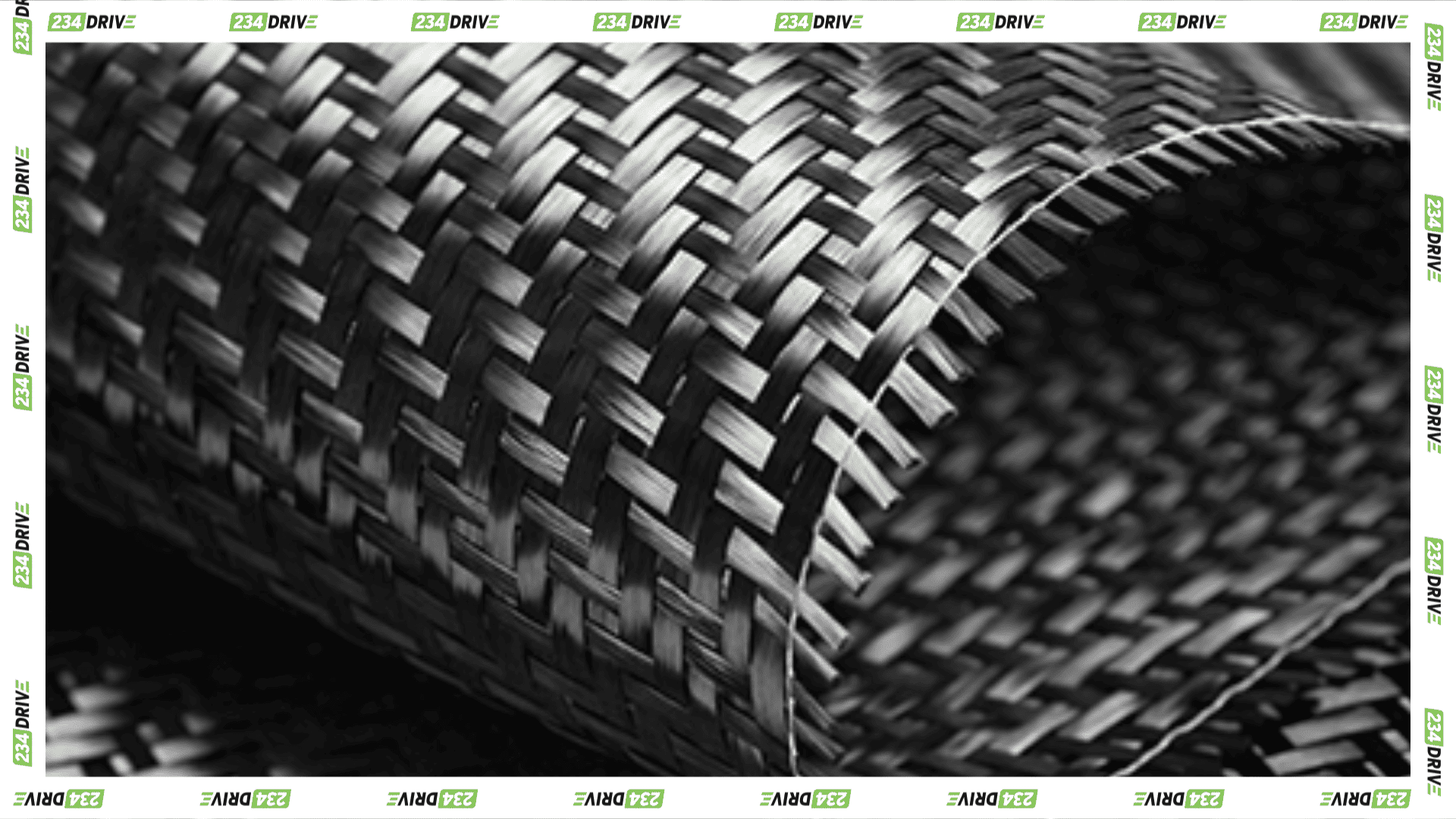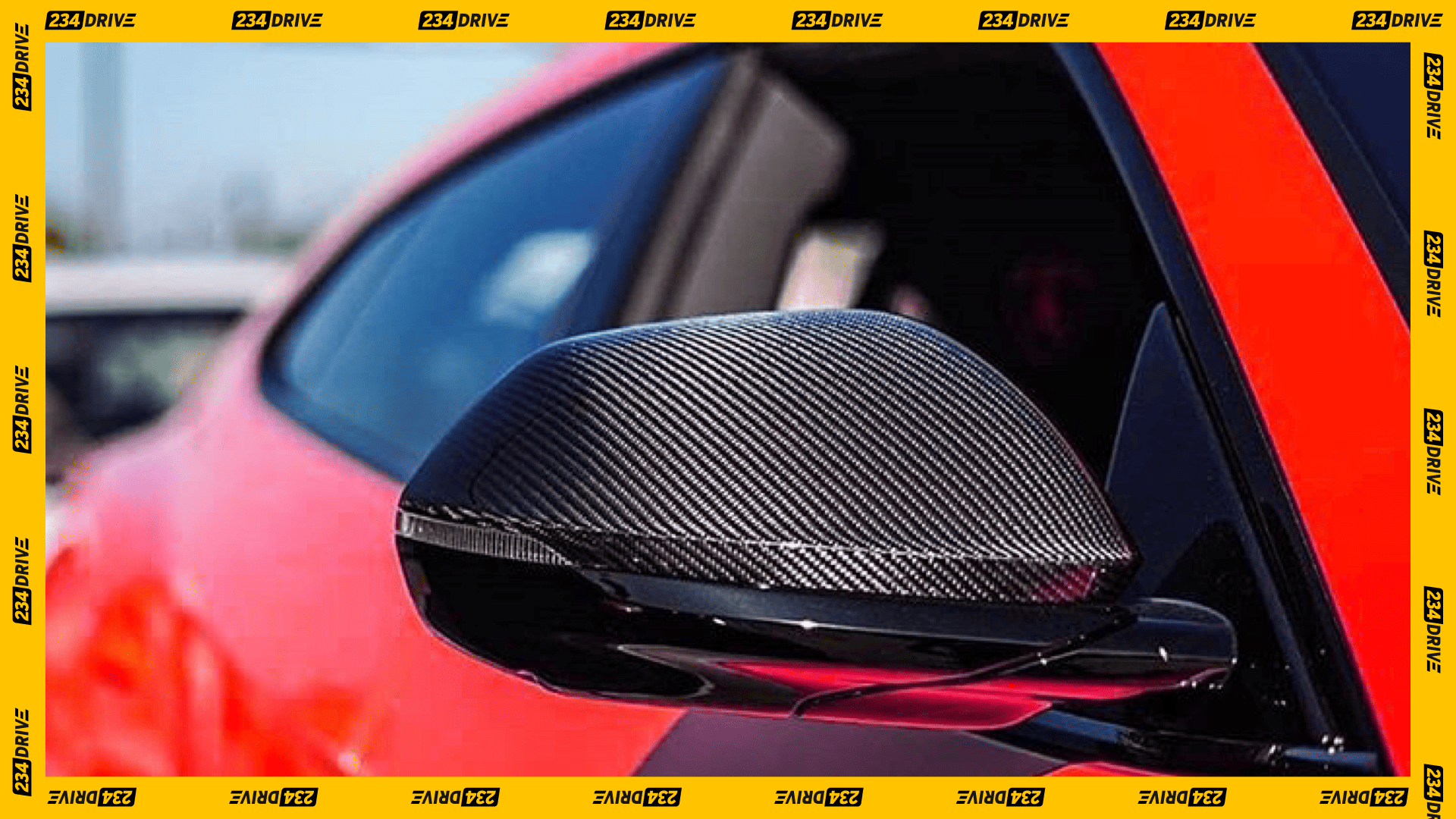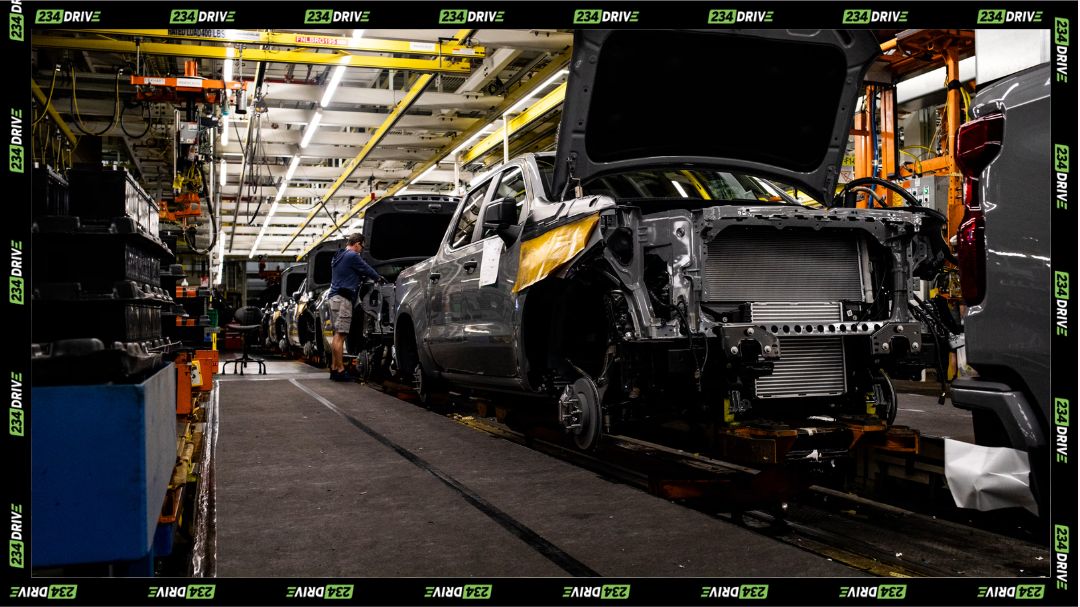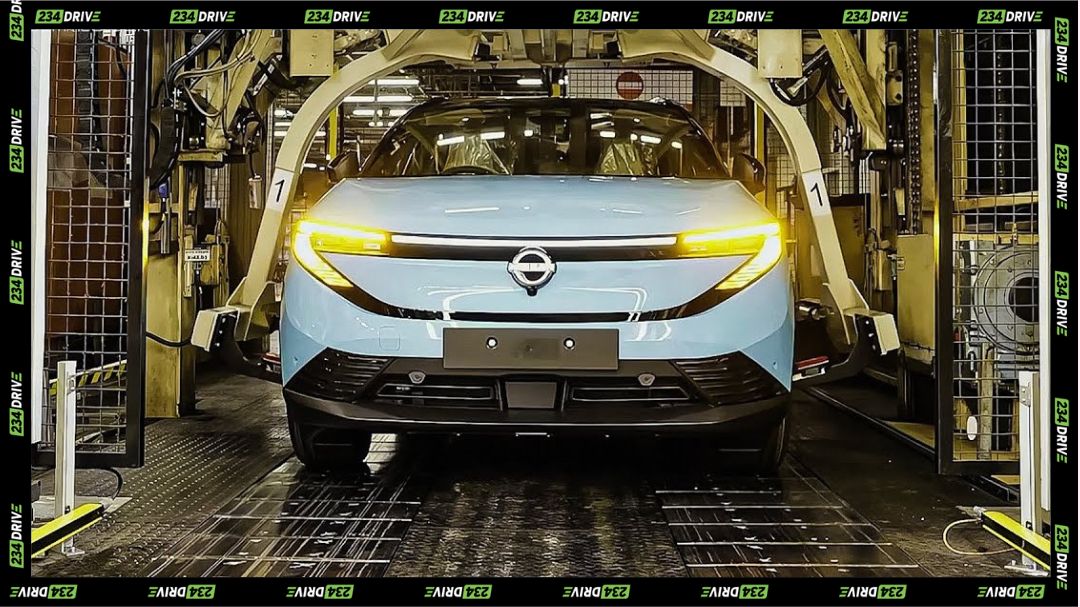The current world’s fastest car is the Koenigsegg Jesko Absolut. This hyper-car has a verified top speed of 330 mph (531 km/h). The Jesko Absolute achieves such mind boggling speed because of its impressive 5.0-liter twin-turbocharged V8 engine that puts out 1,280 hp. Accompanying such a powerful engine is a lightweight monocoque chassis made of carbon fibre. Without carbon fibre, the Jesko Absolute would not light enough to harness all of its power to break speed records. Many other hyper cars like Bugatti also make use of carbon fibre.

Simply put, carbon fibre is a carbon composite material used in car-making. It is usually used in add-on parts or whole carbon fibre chassis elements. Vehicle designers love to use carbon fibre because of its high strength and rigidity, while having a low specific weight. Additionally, it is pleasing to eyes, so much so that some cars are left unpainted when body parts are made with carbon fibre. All of these desirable qualities make people refer to carbon fibre as the ‘black gold’ of high-tech materials. Nearly all supercars and hyper-cars make use of carbon fibre. But did you know that carbon fibre almost got banned in Europe?

Reason for the Initial Proposed Ban on Carbon Fibre
In January, an amendment outlined plans to add carbon fibre to the EU’s list of hazardous materials, to join the likes of mercury, lead, and cadmium. The proposed change came as part of a revision to the End of Life Vehicles (ELV) directive that deals with how old cars are recycled. The main concern is that tiny strands of carbon fibre called filaments can break off during recycling. These small pieces can become airborne and possibly irritate the skin or harm the environment. This is why the EU initially proposed a ban on carbon fibre. The governing body also determined carbon fibre could also damage recycling machines.

However, a representative for the Parliament confirmed that the aforementioned list has since been updated, with carbon fibre now absent. While the concerns for its ban are valid, I guess the EU realized the benefits of carbon fibre far outweigh the potential environmental damage. For example, aside from vehicle parts, carbon fibre is also used in the production of CT scanners and MRI machines in the medical field.. It is also used in aviation for aircraft production and so on.
Overall, I think this is great news for the automotive world that depends heavily on carbon fibre use. According to a report by Motor1, auto manufacturing alone makes 20 percent of all carbon fibre use globally. As for me, I am just glad that my future car can still have bits of carbon fibre parts. How about you, what are your thoughts on the carbon fibre ban and recall?










